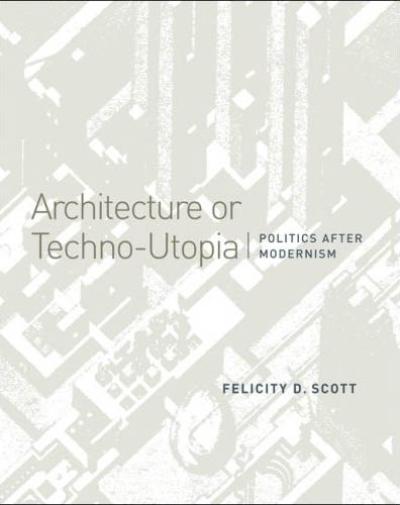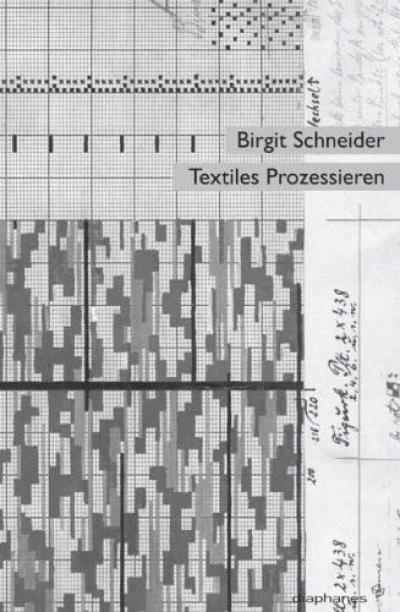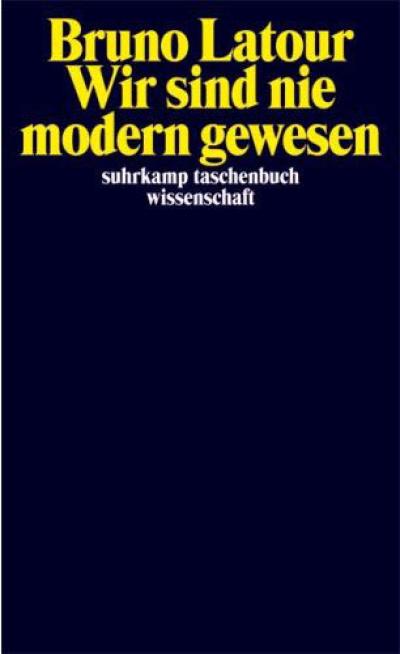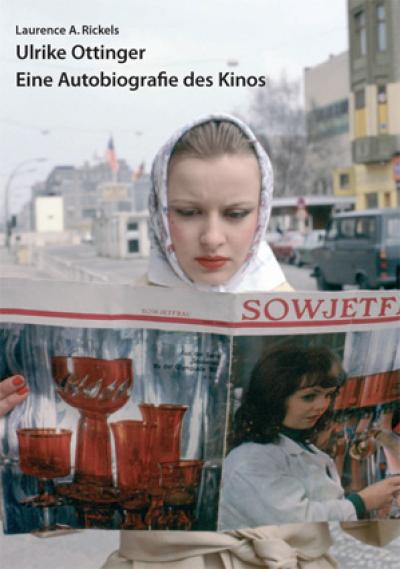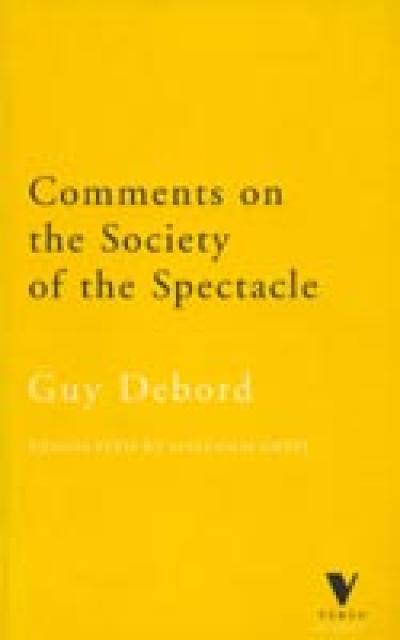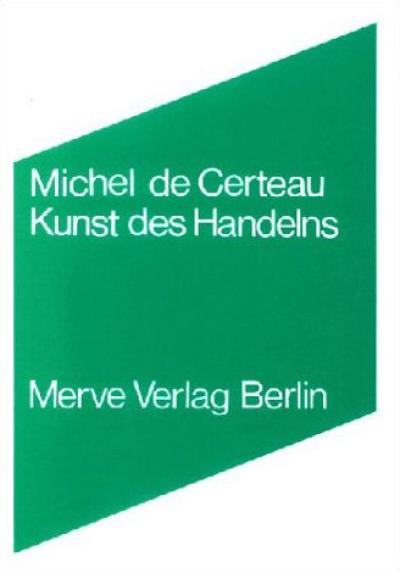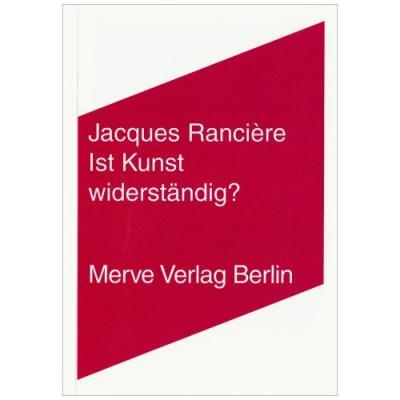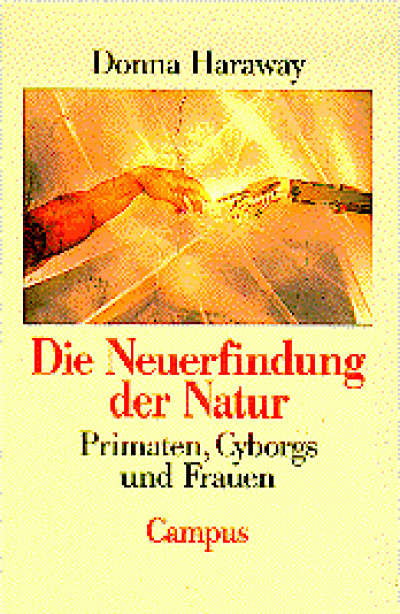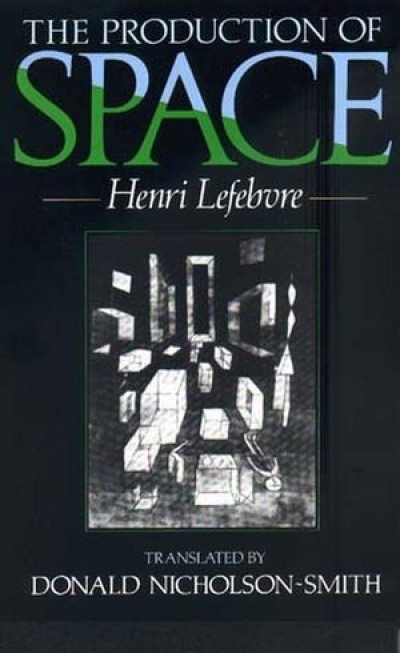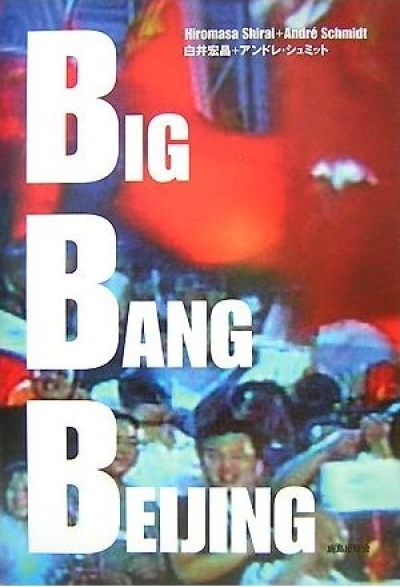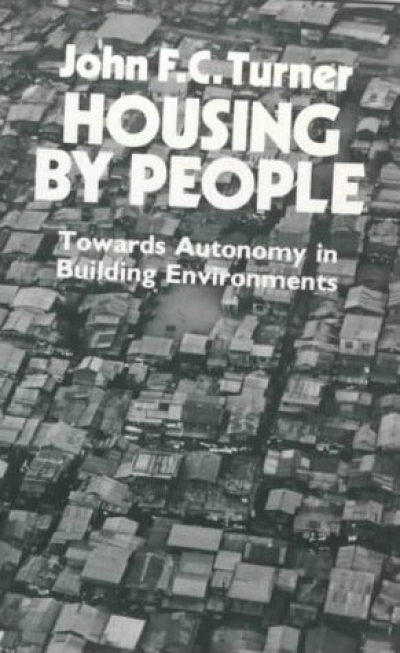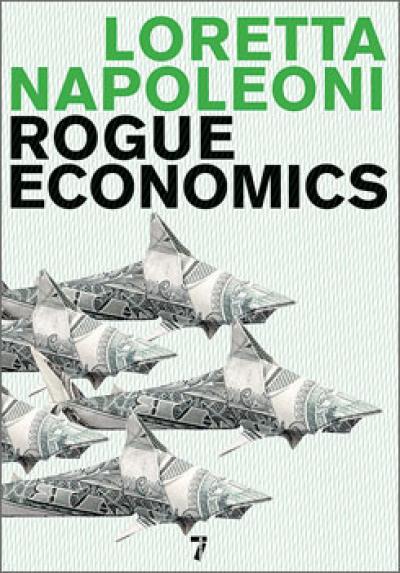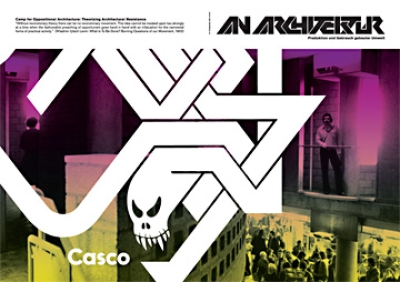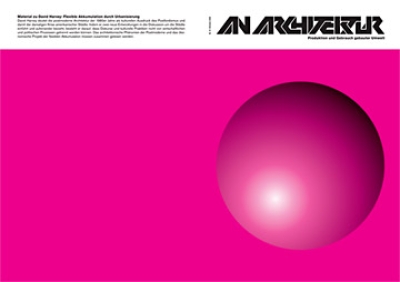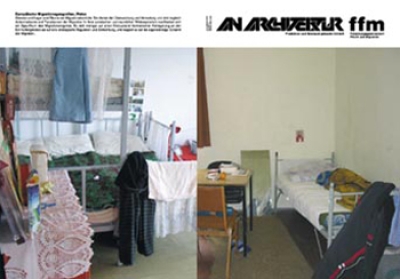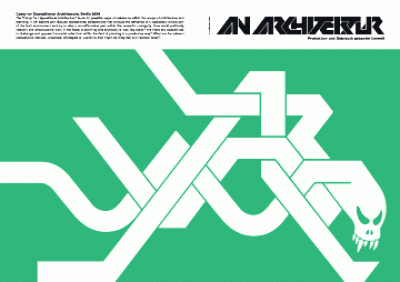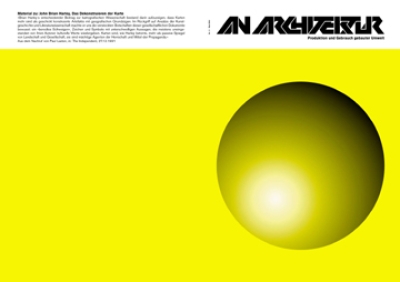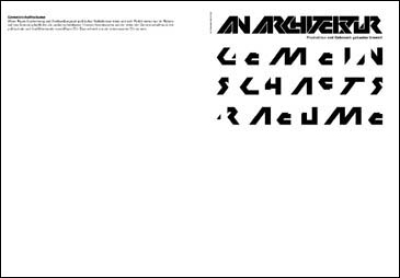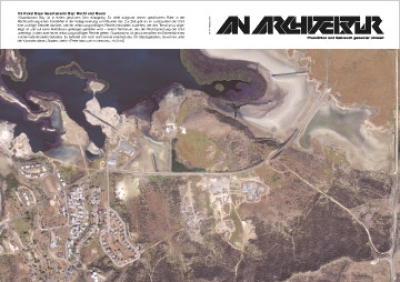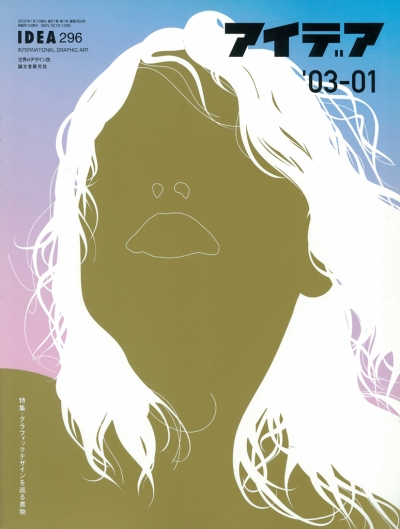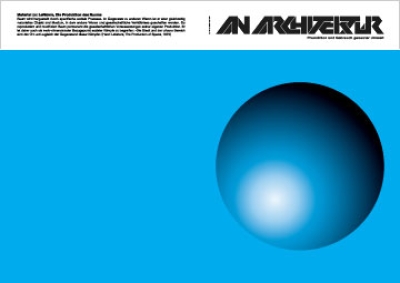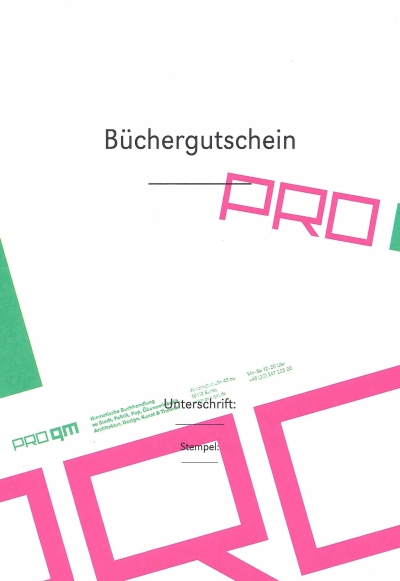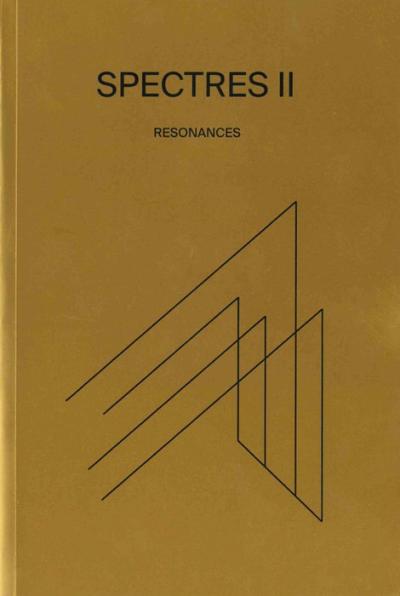
Spectres 2. Résonances / Resonances
To resonate: re-sonare. To sound again—with the immediate implication of a doubling. Sound and its double: sent back to us, reflected by surfaces, diffracted by edges and corners. Sound amplified, swathed in an acoustics that transforms it. Sound enhanced by its passing through a certain site, a certain milieu. Sound propagated, reaching out into the distance. But to resonate is also to vibrate with sound, in unison, in synchronous oscillation. To marry with its shape, amplifying a common destiny. To join forces with it. And then again, to resonate is to remember, to evoke the past and to bring it back. Or to plunge into the spectrum of sound, to shape it around a certain frequency, to bring out sonic or electric peaks from the becoming of signals.
Resonance embraces a multitude of different meanings. Or rather, remaining always identical, it is actualised in a wide range of different phenomena and circumstances. Such is the multitude of resonances evoked in the pages below: a multitude of occurrences, events, sensations, and feelings that intertwine and welcome one other. Everyone may have their own history, everyone may resonate in their own way, and yet we must all, in order to experience resonance at a given moment, be ready to welcome it. The welcoming of what is other, whether an abstract outside or on the contrary an incarnate otherness ready to resonate in turn, is a condition of resonance. This idea of the welcome is found throughout the texts that follow, opening up the human dimension of resonance, a dimension essential to all creativity and to any exchange, any community of mind. Which means that resonance here is also understood as being, already, an act of paying attention, i.e. a listening, an exchange.
Addressing one or other of the forms that this idea of resonating can take on (extending—evoking—reverberating—revealing—transmitting), each of the contributions brought together in this volume reveals to us a personal aspect, a fragment of the enthralling territory of sonic and musical experimentation, a territory upon which resonance may unfold.
The book has been designed as a prism and as a manual. May it in turn find a unique and profound resonance in each and every reader.
— The Editors
with Maryanne Amacher, Chris Corsano, Ellen Fullman, Christina Kubisch, Okkyung Lee, Pali Meursault, Jean-Luc Nancy, David Rosenboom, Tomoko Sauvage, The Caretaker, David Toop, Christian Zanési
